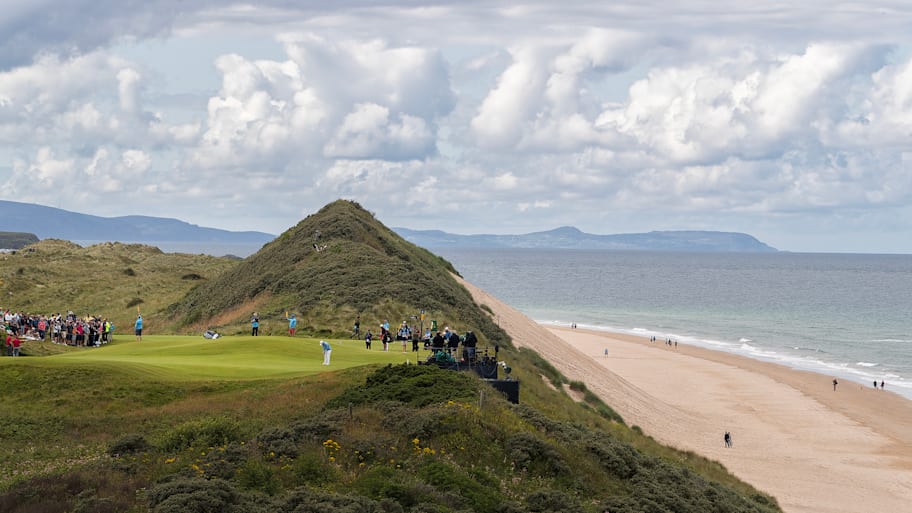PORTRUSH, Northern Ireland — The scene itself is enough to get your attention. With numerous views of the Atlantic Ocean and the rugged coastline, the course nestled within towering sandhills is visually stunning.
A pretty backdrop does not make for a British Open venue, but it certainly adds to the allure of Royal Portrush, which is back as host of the tournament this week for just the third time but second after only a six-year wait.
The course’s ascension from virtual afterthought to one of the R&A’s most popular courses in the Open rotation has been an incredible journey, one filled with political strife, lack of proper infrastructure and a never-give-up attitude that prevailed within the club for years.
Now it is set to host the 153rd Open with crowds in excess of 280,000 expected for the week.
And it might not have happened if not for a strong-willed woman who worked at the club for years. Rory McIlroy credits her for being “the one who got it done.”
While Wilma Erskine refuses to take that kind of credit, the 35-year employee of the club undoubtedly played a huge role in not only getting Royal Portrush back on the R&A’s radar but also helping it become a destination for golfers around the world.
Her tenure began in 1985 when few even dreamed an Open return could be possible, as its one and only edition came in 1951.
“We were in the middle of ‘The Troubles,’” Erskine says. “We were going through an economic downturn in Northern Ireland. Membership was falling. The course was in poor condition. No American visitors. It was a very different club.”
“The Troubles,” also known as the Northern Ireland conflict, were a complicated religious and political struggle that lasted the better part of 30 years into the late 1990s when the “Good Friday Agreement” was signed in 1998. Northern Ireland, a country of approximately 2 million people, is approximately the size of Connecticut and along with England, Wales and Scotland is part of the United Kingdom.
During those bleak times, it was unthinkable to stage a major golf tournament like the Open. More precisely, hosting any golf event would have been nearly impossible. Following the 1951 Open, won by Englishman Max Faulkner, the R&A staged the 1960 Amateur Championship at Royal Portrush—an event that did not return until 1993.
“There was always a dream of the Open returning,” Erskine says. “The first thing we got attention from was that Amateur in 1993 when Michael Bonallack [the longtime secretary of the R&A] was confident enough in us to host. It had been since 1960. Then we were offered the Senior British Open when it was quite small and that was in 1995 and we had Arnold Palmer and Gary Player. It was televised. And it put us a bit more on the map. We got media attention and some interest with the American market.
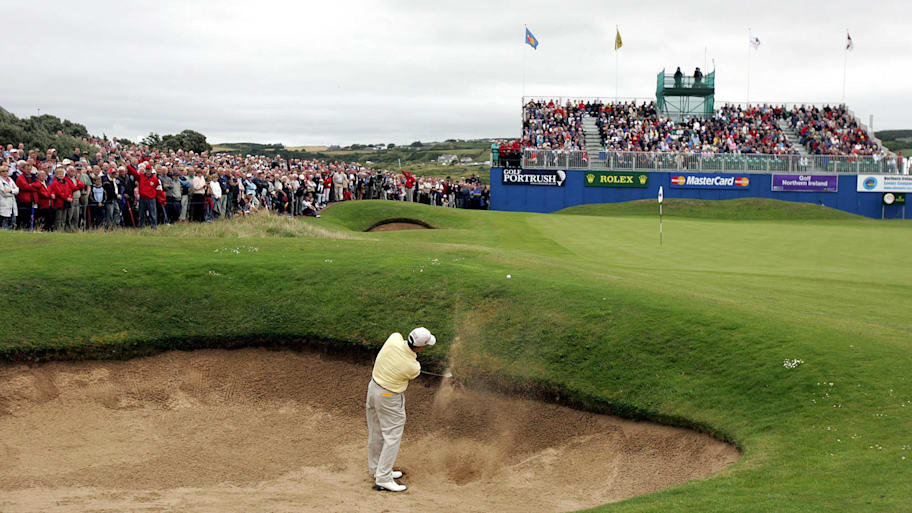
“We had that through 1999 and then again in 2004. And then it was sort of ‘Where are we going? What is our ambition?’ We needed to start making relationships with the stakeholders. With the DP World Tour [then European Tour]. The R&A to host amateur and professional events. We just over the years built up good relationships. We had to walk before we could run. We had a great relationship with [CEO] George O’Grady at the European and getting the Irish Open [in 2012] was a big deal. It had not been held here for more than 60 years. That was a big deal. But we needed money.”
And that’s where the government played a key role. Erskine credited Arlene Foster, who was Northern Ireland’s head of tourism at the time and later its First Minister (akin to a prime minister) as someone “who got it. She could see the bigger picture.”
Reigniting the Conversation
There were still numerous hurdles to navigate. Getting the Open to move across the Sea from England or Scotland—it had only been played outside of Great Britain that one time in 1951—was going to take some convincing as well as some changes to the course.
Royal Portrush had always been viewed as one of those faraway, mystical courses that showed up in rankings but where few had visited. Located north of Belfast on the eastern coast, it was a bit out of the way to some.
But McIlroy’s arrival as a star player, which happened to coincide with the three-major peak in 2007-08 of Padraig Harrington—who is from Ireland, south of the border—helped reignite the conversation about Royal Portrush.
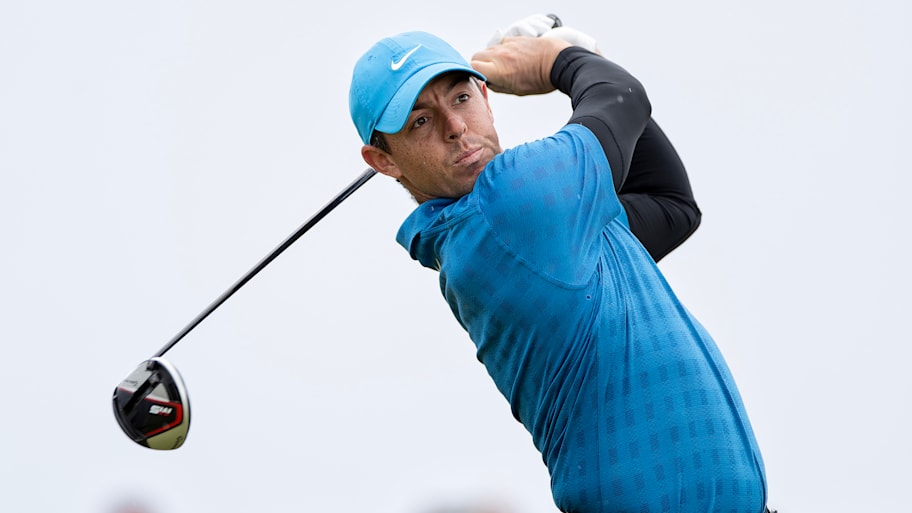
At the time of the 1951 Open, Royal Portrush was the 12th different venue to host an Open, with four already dropped from the rotation—Prestwick, Musselburgh Links, Royal Cinque Ports and Prince’s. And there was every reason to believe it could be part of the Open venues going forward; Royal Birkdale did not have its first Open until 1954 with Turnberry in 1977 rounding out the 14 venues that have staged the championship.
But the political unrest pushed Royal Portrush out of the picture, until it slowly began to regain stature.
It didn’t hurt that McIlroy, playing the course as a teenager, shot 61 to set a record. Graeme McDowell grew up in the town of Portrush and spent much of his youth learning the game on the layout. Darren Clarke calls Royal Portrush—both the club and location—home.
Certainly the success of those major champions—McDowell won the 2010 U.S Open, McIlroy followed in 2011 and Clarke captured the Open a month later—helped shine a light on such a small part of the world.
“There’s no question with McDowell winning at Pebble Beach and Darren at St. George’s in 2011 and clearly Rory’s U.S. Open in 2011 and his PGAs, you had so much Northern Irish success in golf,” said Johnnie-Cole Hamilton, the executive director of championships for the R&A. “It would be wrong to say that wasn’t a factor.
“The Irish Open in 2012 was a big factor. I went over with a few members of our team to see how it played out. That was a big touch point for us. It’s not on the scale of the Open Championship but it’s a heck of a water test for us. That was a big factor as well. And now thought it was possible.”
That tournament had not been played in Northern Ireland since 1947, and given just a year’s notice, it came off almost perfectly, with record crowds so large “they had to stop selling tickets one week prior,” Erskine said.
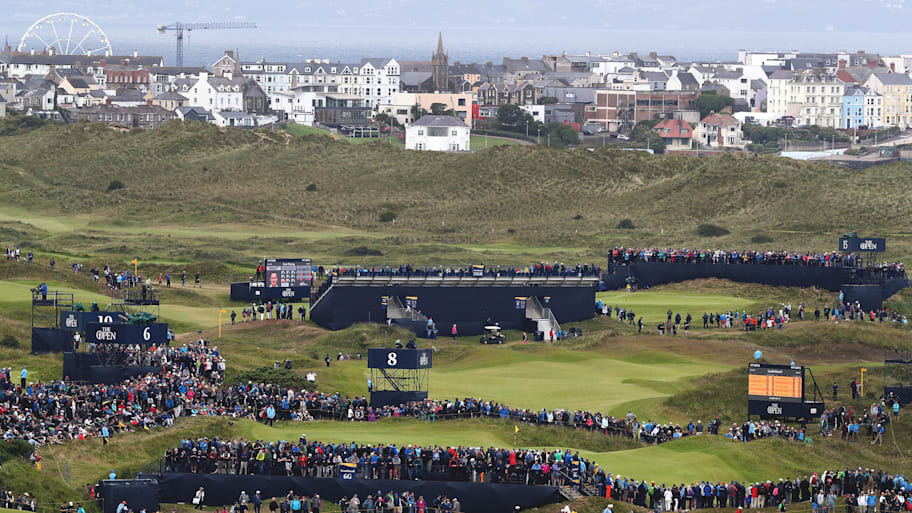
Still, the R&A remained skeptical publicly. Despite Cole-Hamilton’s optimism and the excellent staging of the tournament, the Open is a different deal. The infrastructure, accommodations, planning, along with the financial implications all needed to be worked out.
Peter Dawson, then the R&A chief executive, tried to tamp down enthusiasm just weeks after the 2012 Irish Open, saying that despite all the positives of the golf course “the commercial aspects of it are quite onerous. It’s going to take some time to come to a view, and the view may be no. We’ll just have to wait and see.”
Erskine said there were numerous frustrations. “I’m waiting for this euphoric moment and it never seemed to happen. We just carried on.”
But things were moving quickly behind the scenes. Dawson, who retired from his role as CEO in 2015, brought in architect Martin Ebert, who envisioned a plan where the 17th and 18th holes of the existing course—deemed weak by Open standards—would be replaced by new sixth and seventh holes from the adjoining Valley course.
That allowed for better finishing holes but, just as important, the necessary space for the R&A’s tented village and other necessary amenities needed for robust crowds and staging.
Not that any of that was going to be simple. The Portrush membership was being asked to make significant changes to its iconic course. Such changes require funds. And all of that had to be worked out.
“We were very aware, of course, how good of a course it is and was,” Dawson said in an interview. “When I went to look at it, there were some things that needed to be done to strengthen the course and the club’s willingness to do that was a big factor.
“But I think the biggest change was The Troubles in Northern Ireland. The violence had largely settled down. That brought Portrush back into our thinking. There were a few members of our committee from Northern Ireland who were pushing the case. Wilma Erskine was delightful to deal with. And the government of Northern Ireland really stepped up.
“In my time [as CEO], we went back to Carnoustie in 1999 [the Open hadn’t played there since 1975]. And Hoylake [in 2006] since 1967. We were in the business of expanding the venue base. Neither had been used in a long time and it widens the landscape. I think the response in Ireland was terrific.”
A Representation of Progress
McIlroy, the reigning Masters champion whose hometown of Holywood is some 60 miles from Portrush, is too young to have lived through the worst of the conflict, but he is well aware of the history and the course's return from irrelevance.
In his early years, getting to play a course such as Royal Portrush might have been aspirational for him.
“My mum and dad both grew up in the ‘60s and the ‘70s and Northern Ireland was a very different place,” said McIlroy, 36. “I feel very fortunate that I’m of the generation that I am that I didn't have to deal with any of that or very little of it.
“Yeah, it’s come a long, long way, and I think just the support of—I think people really appreciate when a huge sporting event that the world’s eyes are on that week, everyone there really appreciates that and excited to show the country in the best light possible.
“It’s a great representation of how far Northern Ireland has come in the last 30 or 40 years because in the ‘70s and the ‘80s and the ‘90s, no one would have dreamt of hosting an Open Championship in Northern Ireland in those times. So I think it’s a testament to the people of Northern Ireland for how far we as a country have come, as well.”
The Open was announced for Royal Portrush in 2015, a relatively fast ascension given all the previous roadblocks to such an endeavor.
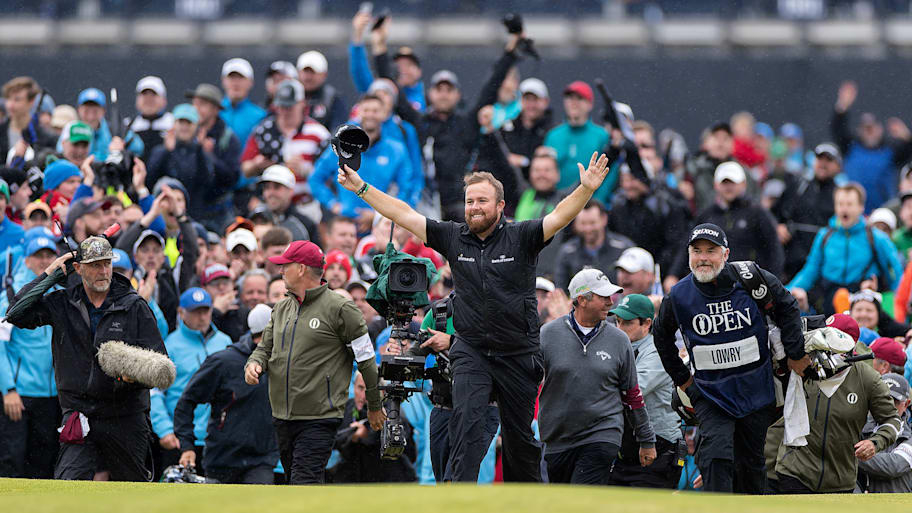
The new holes had to be constructed and years of planning took place. Erskine, who left the club at the end of that year and now does consulting work in town, said it “was like a blur.”
But one she looks back on fondly as another Open approaches.
“Here was this little country Northern Ireland; it was a dream,” she said. “But the dream came true. We’d had many years of troubles and difficulties and this little country produced all these great golfers. It was our time to shine.”
This article was originally published on www.si.com as Royal Portrush’s Return to the British Open Rota Is a Tale of Perseverance.
